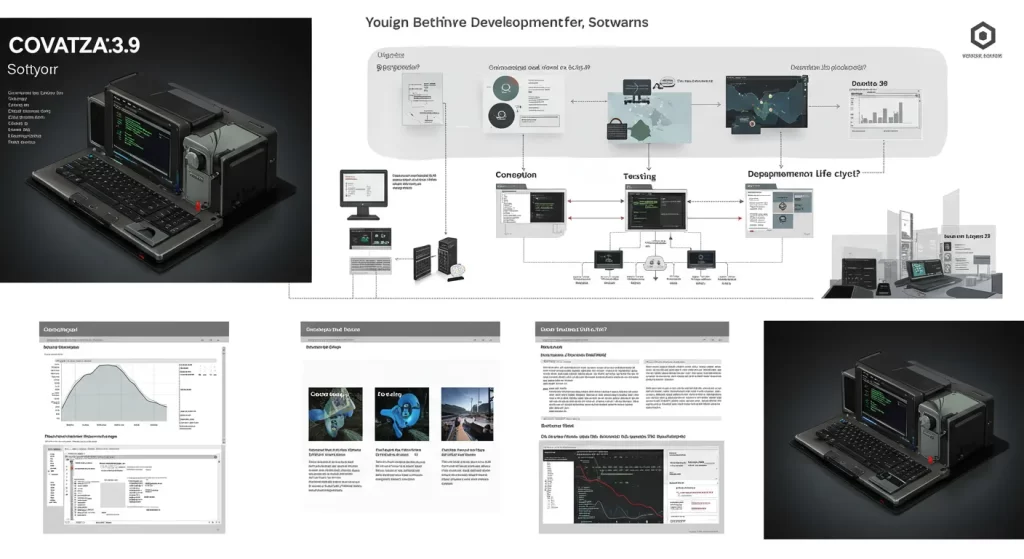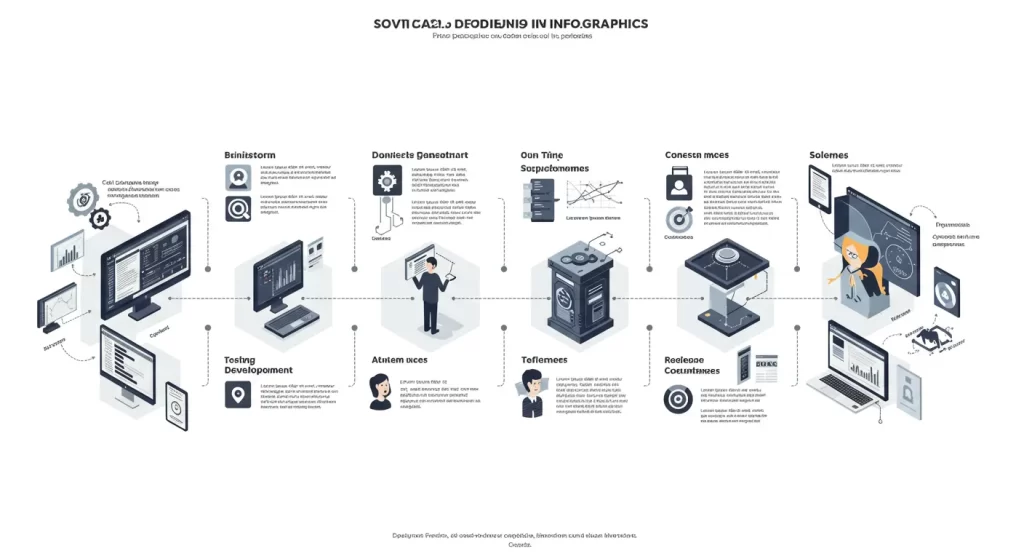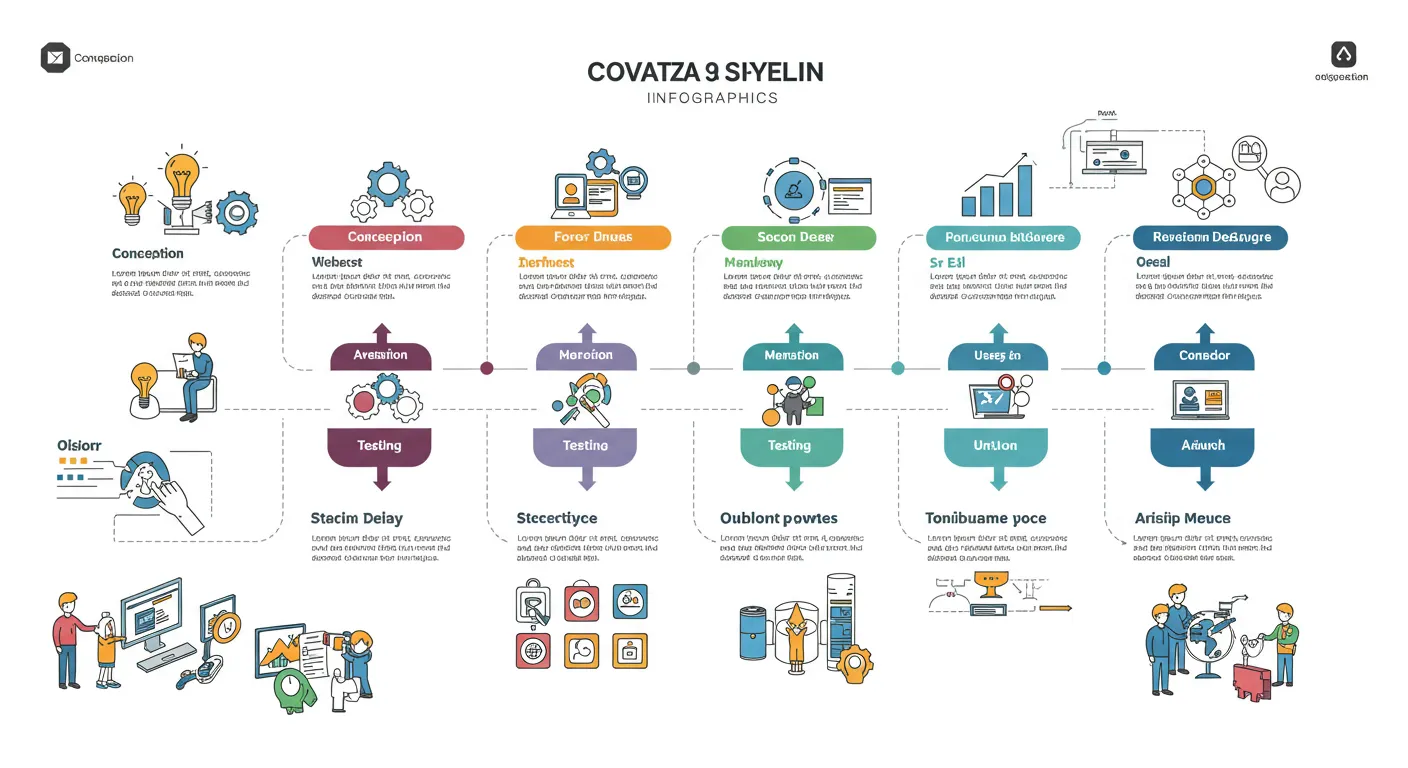Table of Contents
Creating software is a multi-faceted process that needs a deep understanding of both the challenges users face and the technical expertise to design solutions. One such software that has gained significant attention is how covatza3.9 software created. This article will take you through the journey of how Covatza 3.9 was created, exploring the various stages of software development, the ideas behind its architecture, and the challenges overcome during its creation.
The Need for Covatza3.9
Before diving into the technicalities of software development, it’s important to understand the purpose of Covatza3.9. Like many successful software programs, its creation began with identifying a specific problem.
In this case, the need arose from businesses struggling to manage complex workflows, secure sensitive data, and streamline operations. As organizations became more reliant on technology, these challenges became more pressing, prompting the development of a solution like Covatza3.9.
The Beginning: Identifying the Problem

The first step in the creation of any software is recognizing a problem that requires a technological solution. For Covatza 3.9, the team noticed that businesses were facing difficulties with tasks such as managing large volumes of data, automating repetitive processes, and maintaining secure systems.
The software was envisioned as a tool to address these pain points by offering a user-friendly interface and a robust system capable of handling complex workflows with ease.
Designing the Architecture
Once the problem was identified, the next step was designing the software’s architecture. Software architecture refers to the fundamental design of a software system, which includes how different components interact and how data flows throughout the system. For Covatza 3.9, the team focused on creating a scalable and modular design. This would ensure that the software could handle growing data needs while remaining adaptable to new features and user demands.
The architecture of Covatza 3.9 was designed to be adaptable enough to integrate with a wide range of existing business systems. This flexibility ensured that businesses could easily adopt the software without the need for significant changes to their infrastructure.
Also Read: The Software Releases That Might Still Be Buggy: Why Early Versions Still Need Work
The Role of Algorithms in Covatza 3.9
At the core of Covatza3.9 is a set of powerful algorithms designed to automate complex tasks and enhance the software’s performance. These algorithms were carefully crafted to solve specific business problems, such as optimizing workflows, predicting trends, and improving decision-making processes. The development team worked closely with business analysts to ensure that the algorithms would meet the real-world needs of businesses.
By implementing machine knowledge and artificial intelligence techniques, the team was able to create algorithms capable of learning from data and enhancing over time. This ability to adapt and evolve was key to Covatza3.9’s success in helping businesses optimize their operations.
Translating Ideas into Code

Once the architecture and algorithms were in place, the next step was to translate these ideas into actual code. This phase involved selecting the appropriate programming languages and tools to build the software. For Covatza 3.9, the development team chose a combination of languages that offered both efficiency and scalability.
The coding process was collaborative, with different teams focusing on various aspects of the software. Some developers worked on the backend, creating the server-side components that would manage data storage and processing, while others focused on the frontend, providing the user interface was instinctive and easy to navigate.
Testing and Debugging the Software
No software is complete without rigorous testing. Once the code was written, the team began a thorough testing process to identify any bugs or issues. This involved both automated and manual testing to ensure that Covatza 3.9 performed as expected across a wide range of scenarios.
The testing phase was essential in fine-tuning the software’s functionality and ensuring its stability. The team used real-world data to simulate various business scenarios, which helped them identify any potential weaknesses or areas for improvement.
Deploying Covatza 3.9 for Use
After testing and debugging were complete, Covatza 3.9 was ready for deployment. The deployment process involved installing the software on servers and making it available to users. This phase was crucial, as it ensured that businesses could begin using the software to manage their workflows and operations.
The team worked closely with clients during this phase to ensure a smooth transition. This included providing training and support to help users get the most out of the software. The deployment process also involved setting up safety measures to safeguard sensitive data and confirm that the software remained reliable over time.
Overcoming Challenges in Software Development
The creation of Covatza3.9 wasn’t without its challenges. One of the biggest hurdles the development team faced was ensuring that the software could handle a wide range of business needs while remaining easy to use. Balancing complexity with simplicity was key, as the team needed to create a tool that was powerful enough to solve complex problems but still accessible to non-technical users.
Another challenge was ensuring the software’s scalability. As businesses grow, so too do their data needs. Covatza 3.9 was designed with scalability in mind, ensuring that it could accommodate the growing demands of businesses without compromising performance.
Continuous Improvement: Updates and Enhancements

The development of Covatza 3.9 didn’t stop with its initial deployment. Like any successful software, it continues to evolve through regular updates and enhancements. The development team gathers feedback from users and monitors the performance of the software to identify areas for improvement.
By continuously updating Covatza 3.9, the team confirms that it remains a useful tool for businesses. These updates often contain new features, performance improvements, and security enhancements to ensure that the software stays relevant in a rapidly transforming technological landscape.
The Impact of Covatza3.9 on Businesses
Since its release, Covatza3.9 has had a significant impact on businesses. Its power to streamline operations, automate workflows, and enhance decision-making processes has helped organizations save time and resources. By reducing manual tasks and increasing efficiency, businesses can focus on their core objectives and cause growth.
For many businesses, Covatza 3.9 has become an essential tool for managing their operations and staying competitive in an increasingly digital world.
Final Thoughts
The creation of Covatza3.9 was a comprehensive process that involved understanding business challenges, designing powerful algorithms, and translating those ideas into functional software. From the initial planning stages to ongoing updates and improvements, every step was carefully executed to ensure that the software would meet the requirements of businesses and continue to evolve as those needs change.
As businesses continue to adopt digital transformation, software like Covatza3.9 plays a crucial role in helping them navigate complex workflows and secure their data. Whether you’re looking to streamline operations or improve decision-making, Covatza3.9 offers a robust solution that can help businesses thrive in today’s competitive landscape.
FAQs
What is Covatza3.9?
Covatza3.9 is a software designed to help businesses streamline workflows, automate processes, and secure data, offering scalable solutions for complex operations.
How does Covatza3.9 help businesses?
Covatza3.9 improves efficiency by automating repetitive tasks, optimizing workflows, and enhancing decision-making, helping businesses save time and resources.
Is Covatza3.9 easy to integrate?
Yes, Covatza3.9 has a flexible, modular design, allowing it to integrate easily with existing business systems without requiring significant infrastructure changes.

